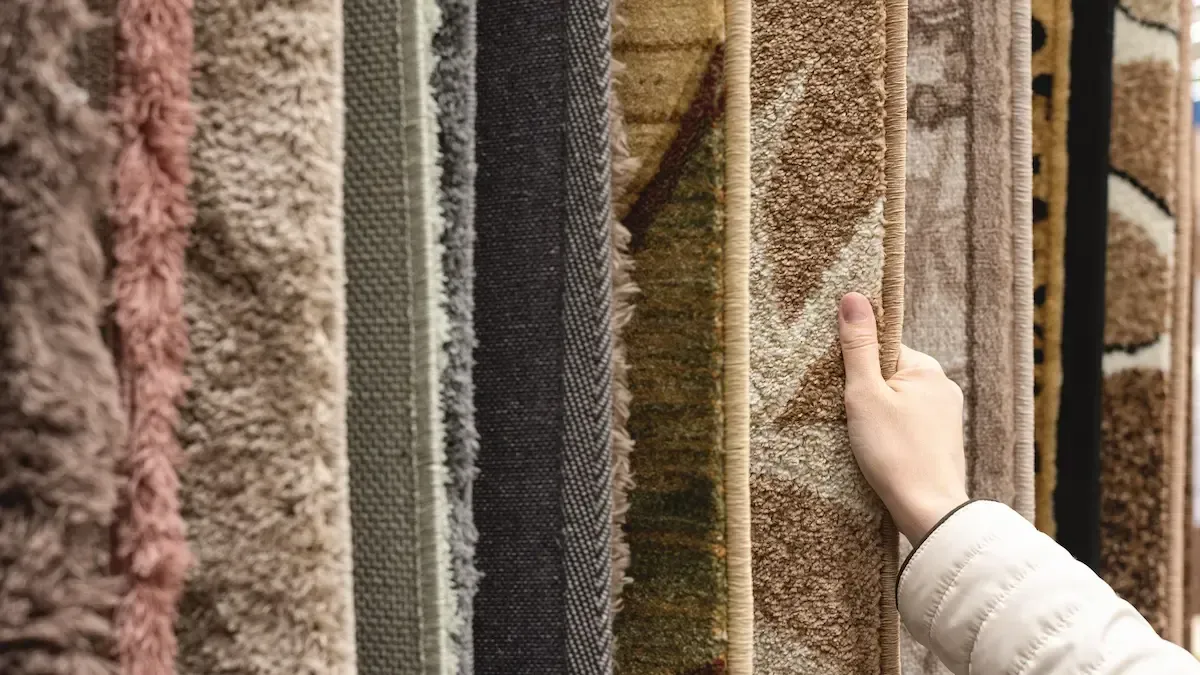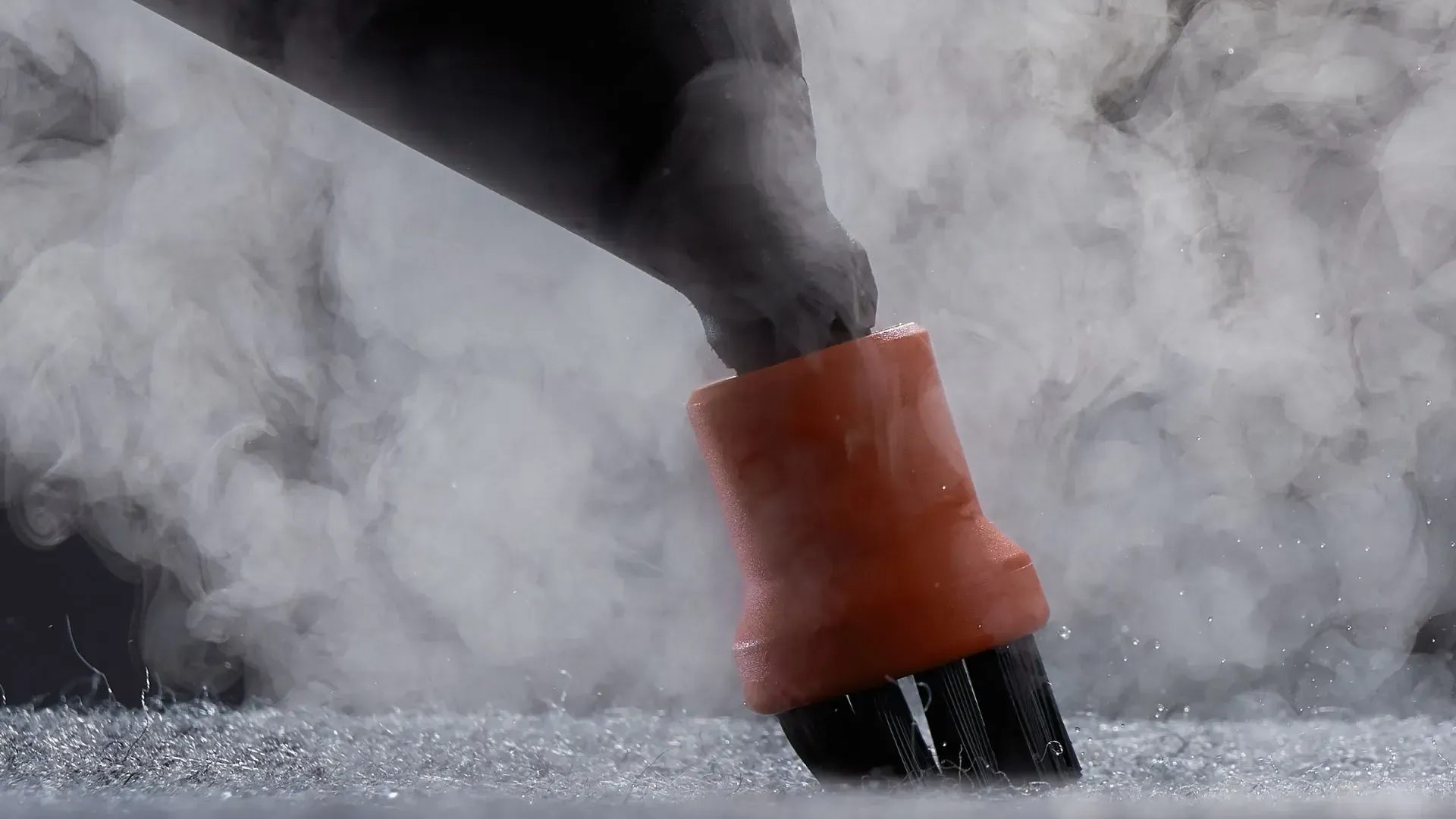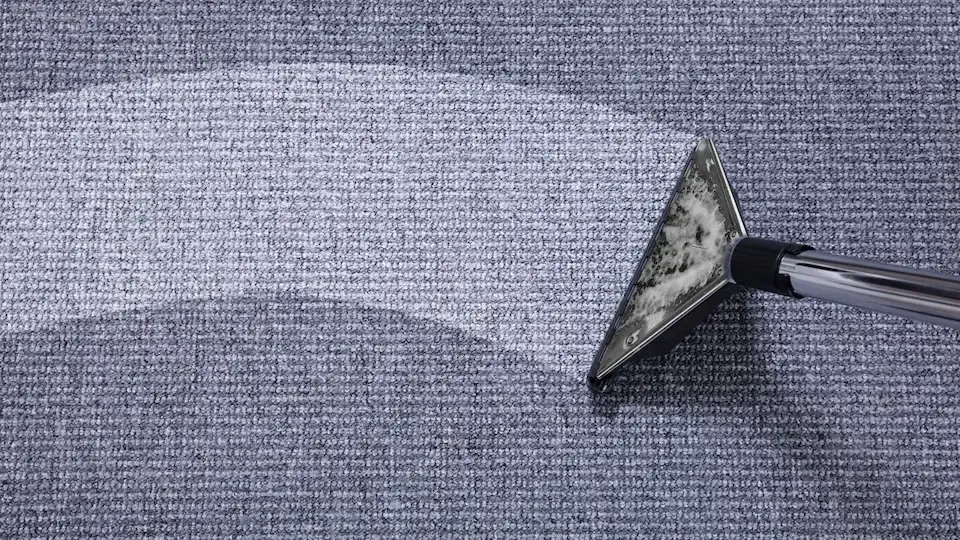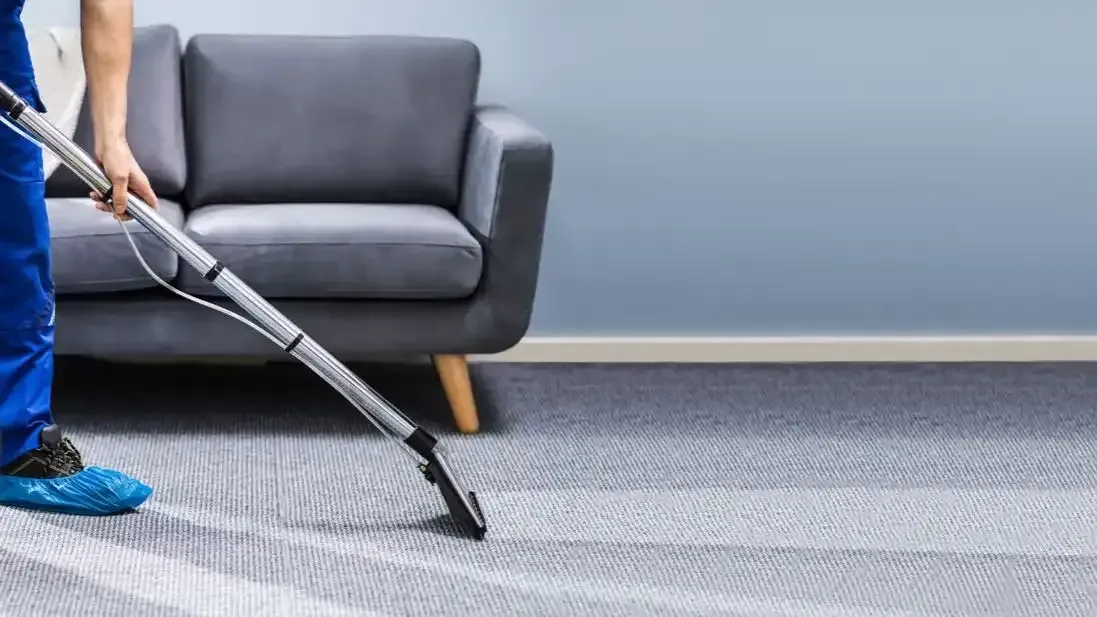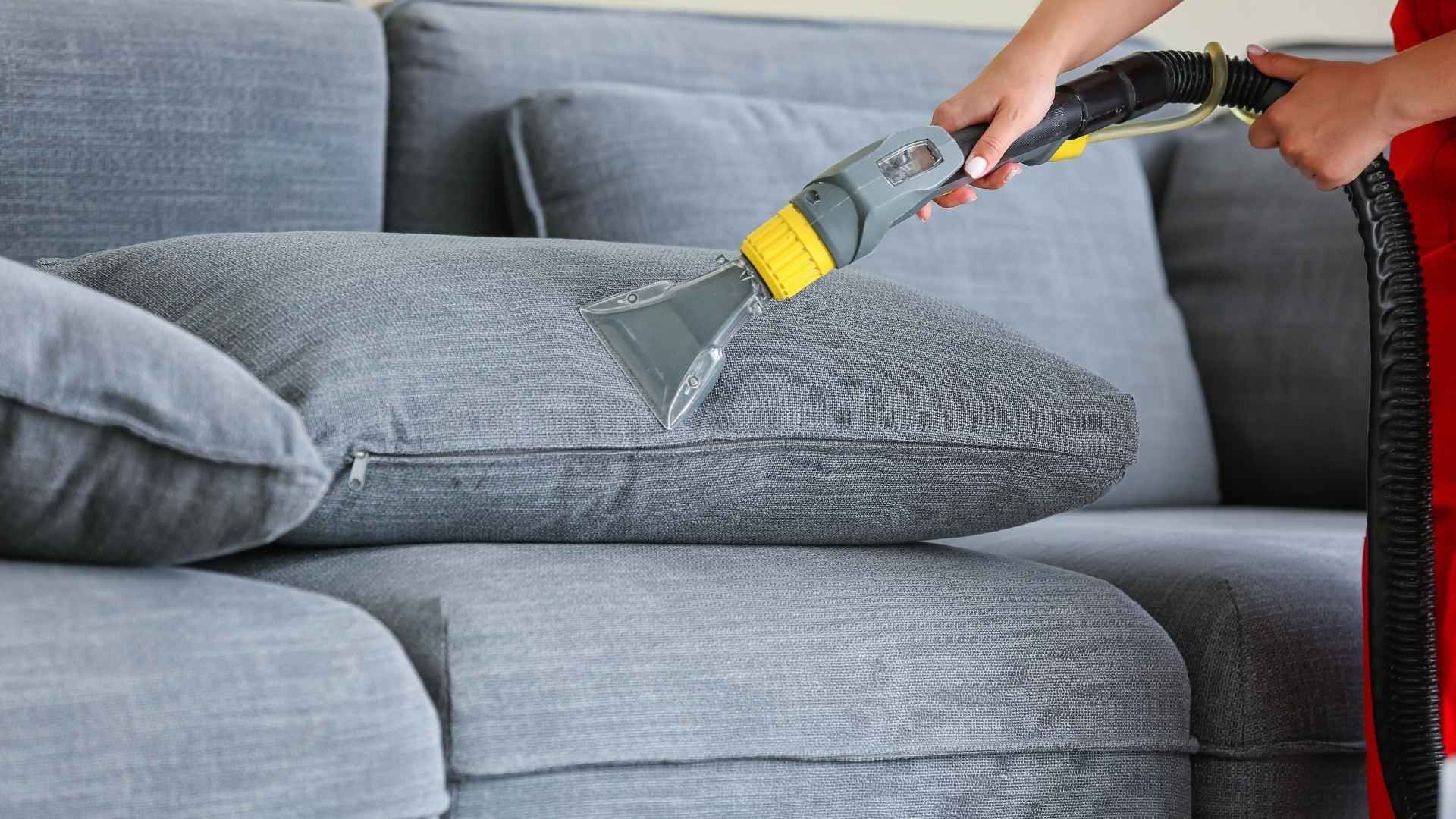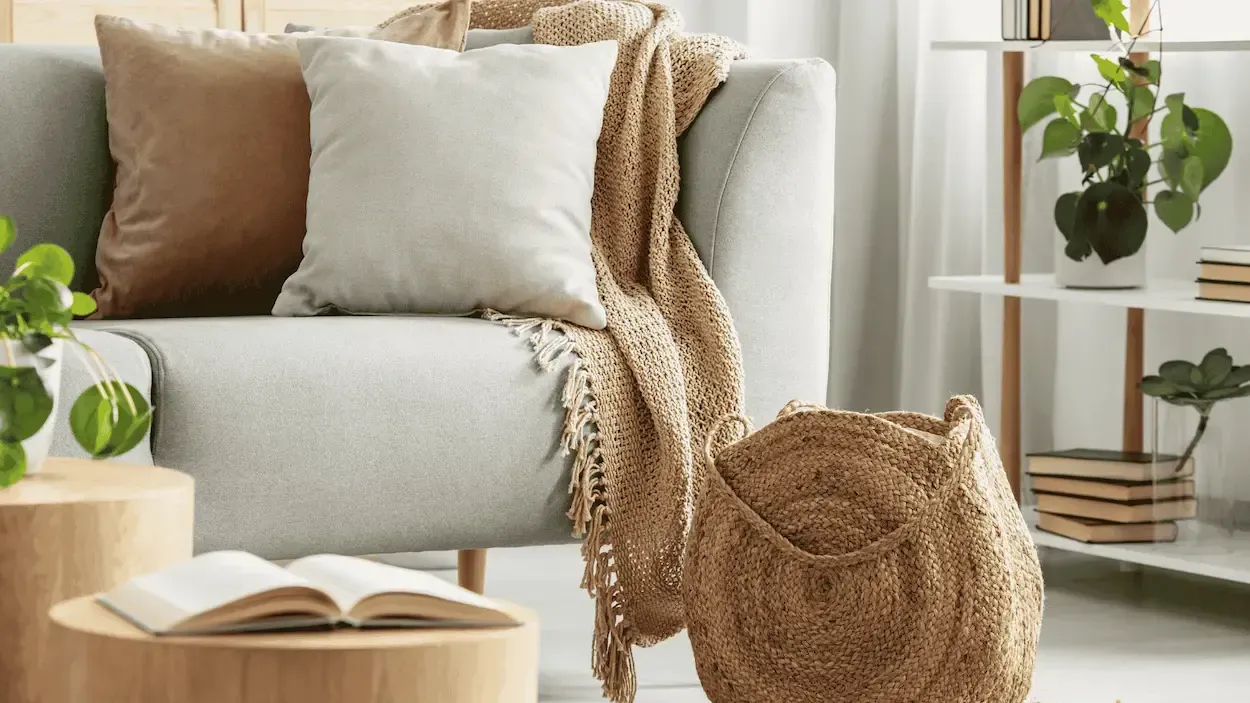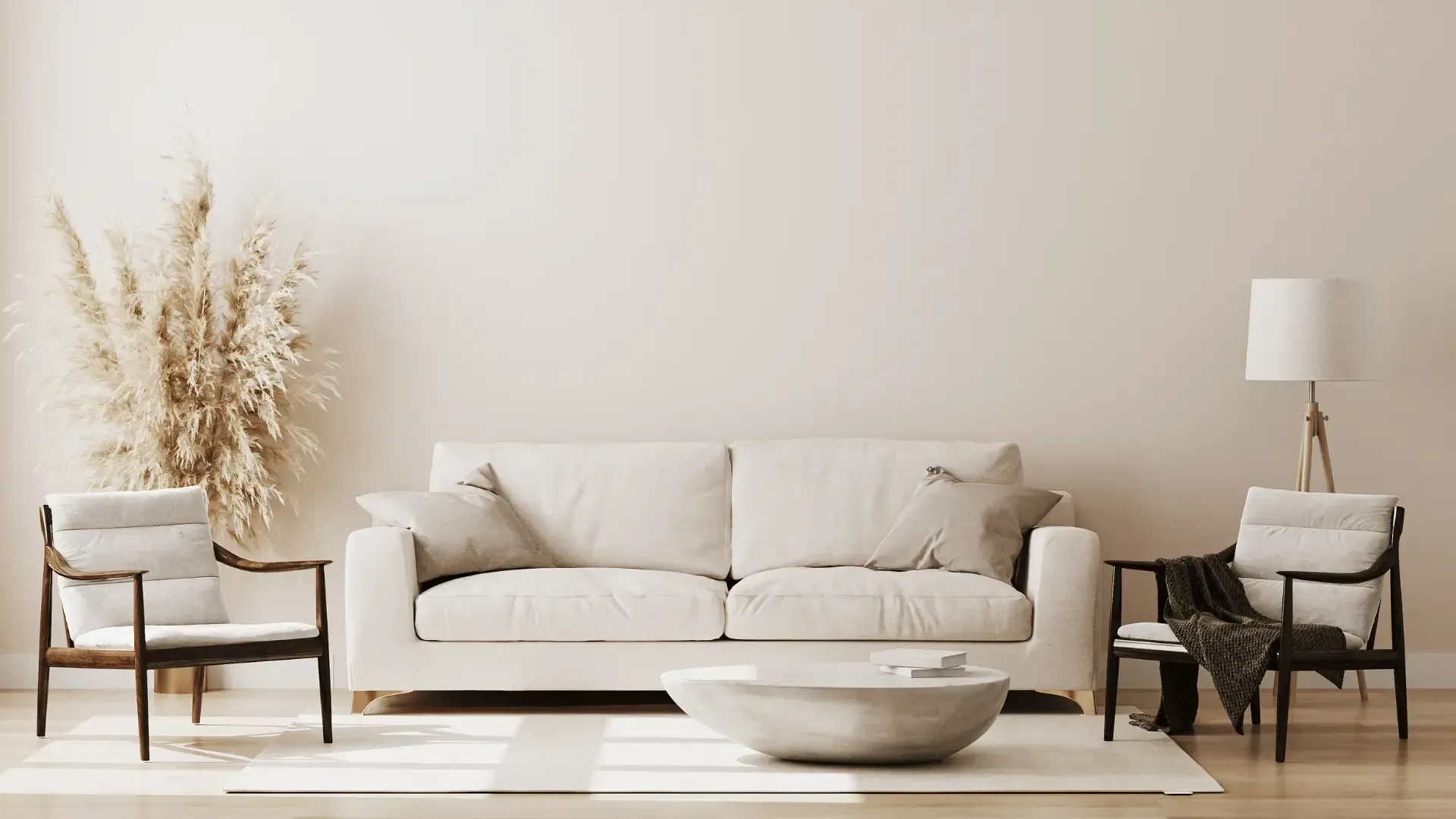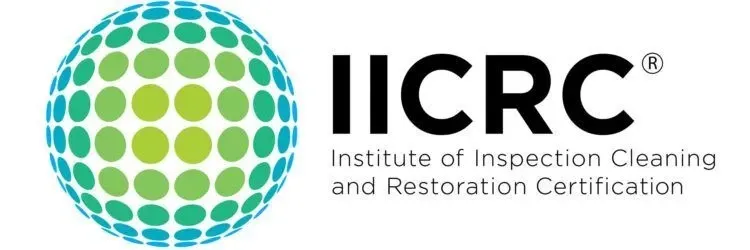The 5 biggest upholstery cleaning mistakes: how many are you guilty of?
Soft furnishings are transformative, they change a house into a home and bring a room to life. Cushions, curtains, sofas, chairs, quilts and blankets add colour and texture; the fabric used to elevate the aesthetic of a living space. There are practical uses too – they are comfortable, warm and help minimise the noise of a busy family home.
Most soft furnishings are relatively easy to keep clean, whether it's a quick vacuum of the Roman blinds or throwing a cover into the washing machine. However, the larger pieces of upholstered furniture, like couches and armchairs, are more challenging to maintain despite their frequent use.
In addition to carpet cleaning, Christchurch Carpet Cleaning has specialist equipment for upholstery cleaning in Christchurch and surrounding areas. We often encounter sofas and chairs that have undergone DIY upholstery cleaning. To help you avoid terminally damaging your soft furnishings and the expense of replacing your furniture, we've compiled the five biggest mistakes people make:
1. Using the wrong cleaning products
Not all cleaning products are suitable for upholstery. Upholstery fabrics vary widely, from natural fibres like cotton and wool to synthetic blends, each require specific cleaning solutions. Many upholstery cleaners contain harsh chemicals that cause discoloration or degradation of the fabric if used on the wrong type.
Always check the manufacturer’s recommendations and test any cleaning product on a small, inconspicuous area first. If you can’t identify the type of fabric, call your local sofa cleaning Christchurch company before you make an expensive mistake.
2. Over-wetting the fabric
Textiles are not designed to be soaked with water. Drenching fabrics is a critical mistake that can lead to water stains, shrinkage, and mould growth. Use a minimal amount of water and, if possible, employ a wet/dry vacuum to extract the excess moisture. You want to avoid the excess moisture from seeping into the padding beneath the fabric, which creates an ideal environment for mould and mildew to develop. You’ll also experience an unpleasant odour, which is rarely identified quickly as the source of the smell, permeating your home.

3. Incorrect stain removal techniques
Stains on upholstery are a common occurrence, but using the wrong removal technique damages the fabric and set the stain permanently. Rubbing a stain vigorously pushes the stain deeper into the fibres and spreads it over a larger area. Blot the stain gently with a clean, white cloth to absorb as much of it as possible before treating with a suitable cleaner. If you are going to use a specialist stain remover, follow the instructions meticulously.
4. Neglecting to pre-test cleaning solutions
Failing to pre-test a cleaning solution can result in permanent damage to the fabric. Even if an upholstery cleaning product claims to be safe for all fabrics, there is always a risk of an adverse reaction.
Conduct a spot test on an inconspicuous area to check the cleaner does not cause discoloration, shrinking, or other damage. Allow the test spot to dry completely before proceeding with a full-scale cleaning.
5. Skipping regular maintenance
Don’t wait until your upholstery looks visibly dirty before cleaning it. Dust, dirt, and oils from skin and pets accumulate gradually over time. Regular vacuuming with an upholstery attachment removes surface dirt and prevents it from embedding deeper into the fabric. Scheduling professional sofa cleanings at least once a year, or more frequently to prolong the life of your furniture and keep it looking its best.
The importance of cleaning upholstery goes beyond aesthetics. Keeping furniture clean prevents impurities like mould, mites, and mildew and greatly improves indoor air quality. Dirty upholstered furniture harbours thousands of bacteria, germs, and allergens which, left untreated, causes serious health issues. Even though it’s time consuming and a pain to do, cleaning upholstery is one job that needs to be done – or alternatively call Christchurch Carpet Cleaning to do the job for you. Contact is today on 021 638 637 to make an appointment.
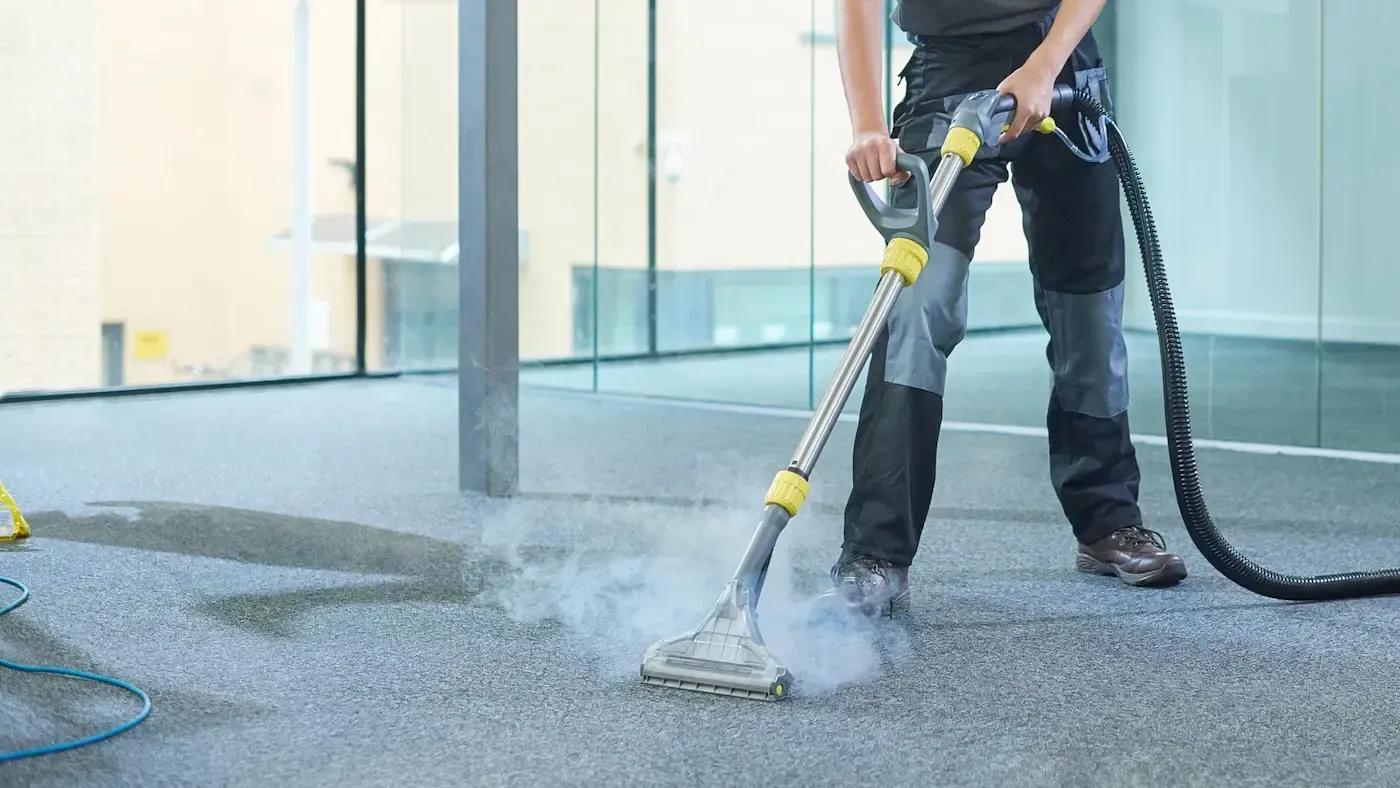
Ready for Healthy & Clean Carpets & Furniture?
Professional Carpet & Upholstery Cleaning, Christchurch (ChCh), Rangiora, Kaiapoi, Rolleston, Lincoln, Oxford, Ohoka & the surrounding Canterbury Area
Call Dave - 021 638 637
- Mon - Sat
- -
- Sunday
- Closed
Christchurch Carpet Cleaning
